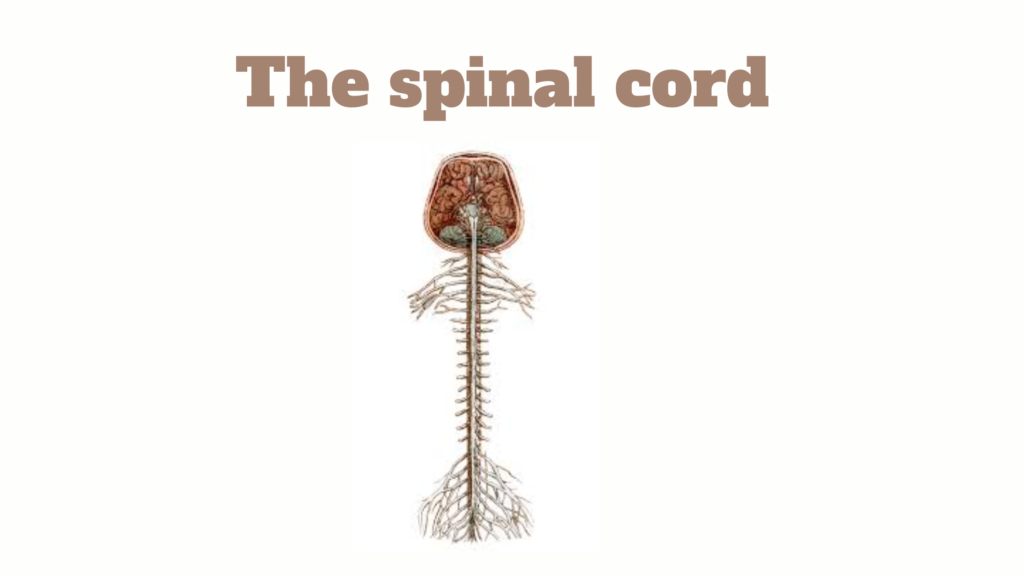
The spinal cord is a vital component of the central nervous system, responsible for transmitting nerve signals between the brain and the rest of the body. Structurally, it comprises two primary types of tissue: gray matter and white matter, each with distinct functions and characteristics.
🧠 Gray Matter
- Location: Situated centrally within the spinal cord, forming a butterfly or H-shaped structure in cross-section.(kenhub.com)
- Composition: Predominantly made up of neuronal cell bodies, dendrites, and unmyelinated axons.
- Function:
- Dorsal (Posterior) Horn: Receives sensory information from the body via dorsal roots and transmits it to the brain.
- Ventral (Anterior) Horn: Contains motor neurons that send efferent signals to skeletal muscles.
- Lateral Horn: Present in the thoracic and upper lumbar regions; houses preganglionic sympathetic neurons involved in autonomic functions.(teachmeanatomy.info, ncbi.nlm.nih.gov)
- Clinical Relevance: Damage to gray matter can result in sensory deficits, motor impairments, or autonomic dysfunctions, depending on the affected region.
⚪ White Matter
- Location: Surrounds the gray matter in the spinal cord.(radiopaedia.org)
- Composition: Consists mainly of myelinated axons, which appear white due to the lipid content of myelin.(en.wikipedia.org)
- Function:
- Ascending Tracts: Transmit sensory information from the body to the brain.
- Descending Tracts: Carry motor commands from the brain to the spinal cord and muscles.
- Transverse Tracts: Facilitate communication between the left and right sides of the spinal cord.(teachmeanatomy.info)
- Clinical Relevance: Lesions in white matter tracts can disrupt sensory and motor pathways, leading to conditions such as paralysis or loss of sensation.
